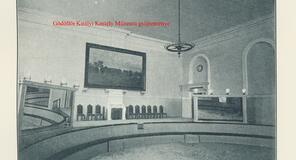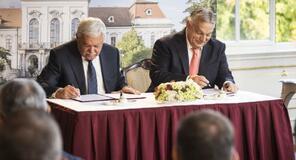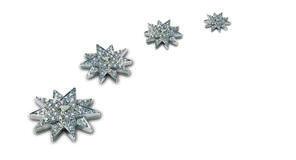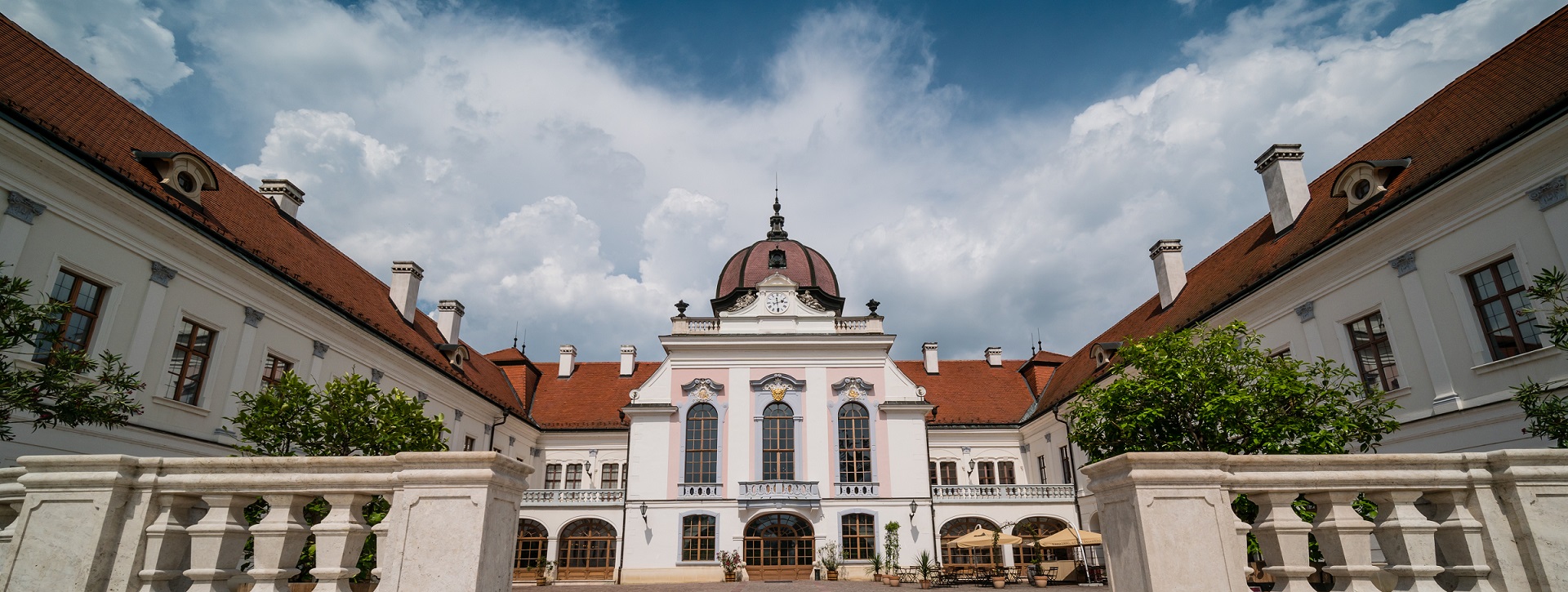
Located on the ground floor of the Palace, the Small Child Room is available for families during opening hours, where breastfeeding is available in a comfortable, quiet environment, and baby food can be heated in the microwave.
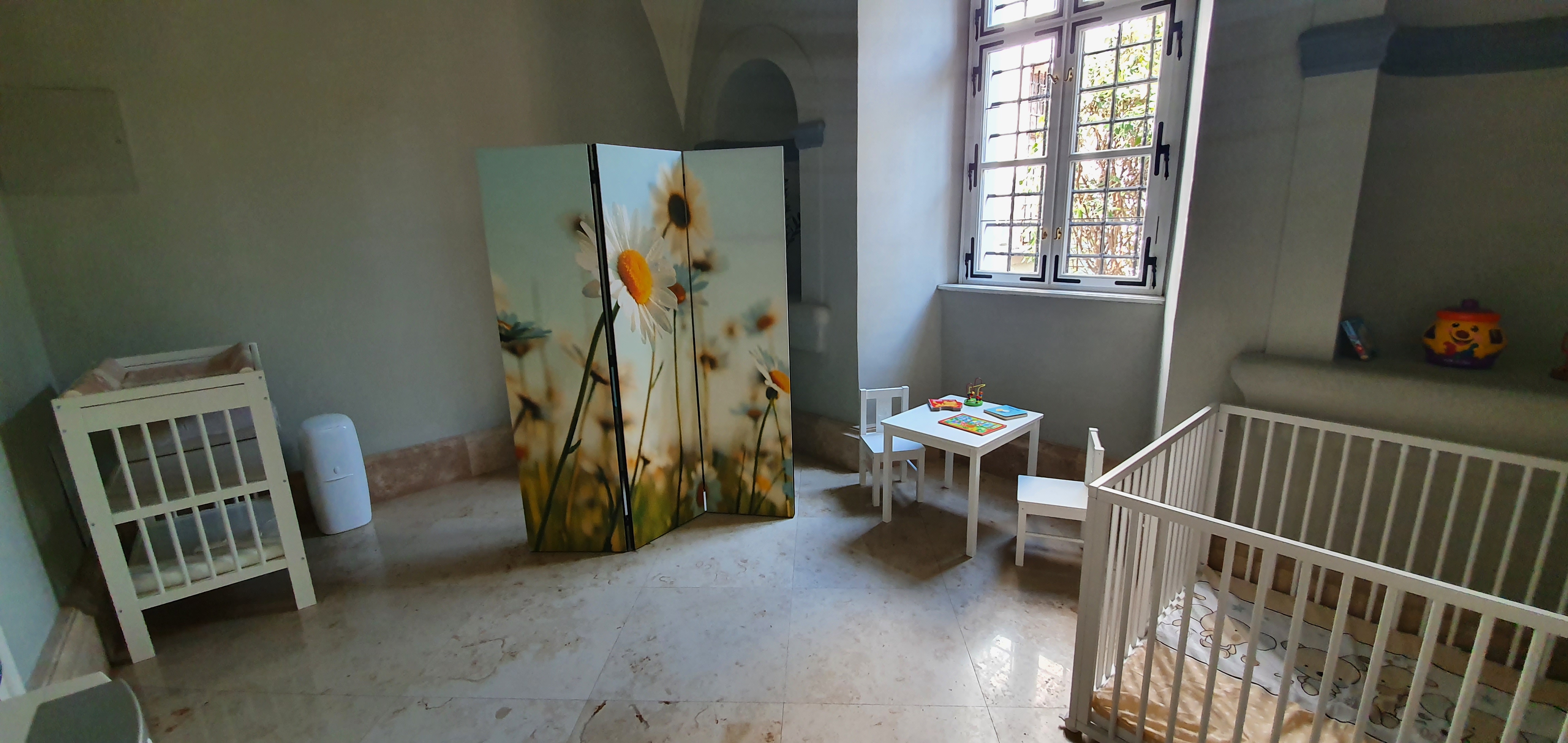
The Palace’s café is open daily during opening hours. The café has a children’s corner for guests with small children, where families can come with a selection of coloring books, storybooks and children’s toys.
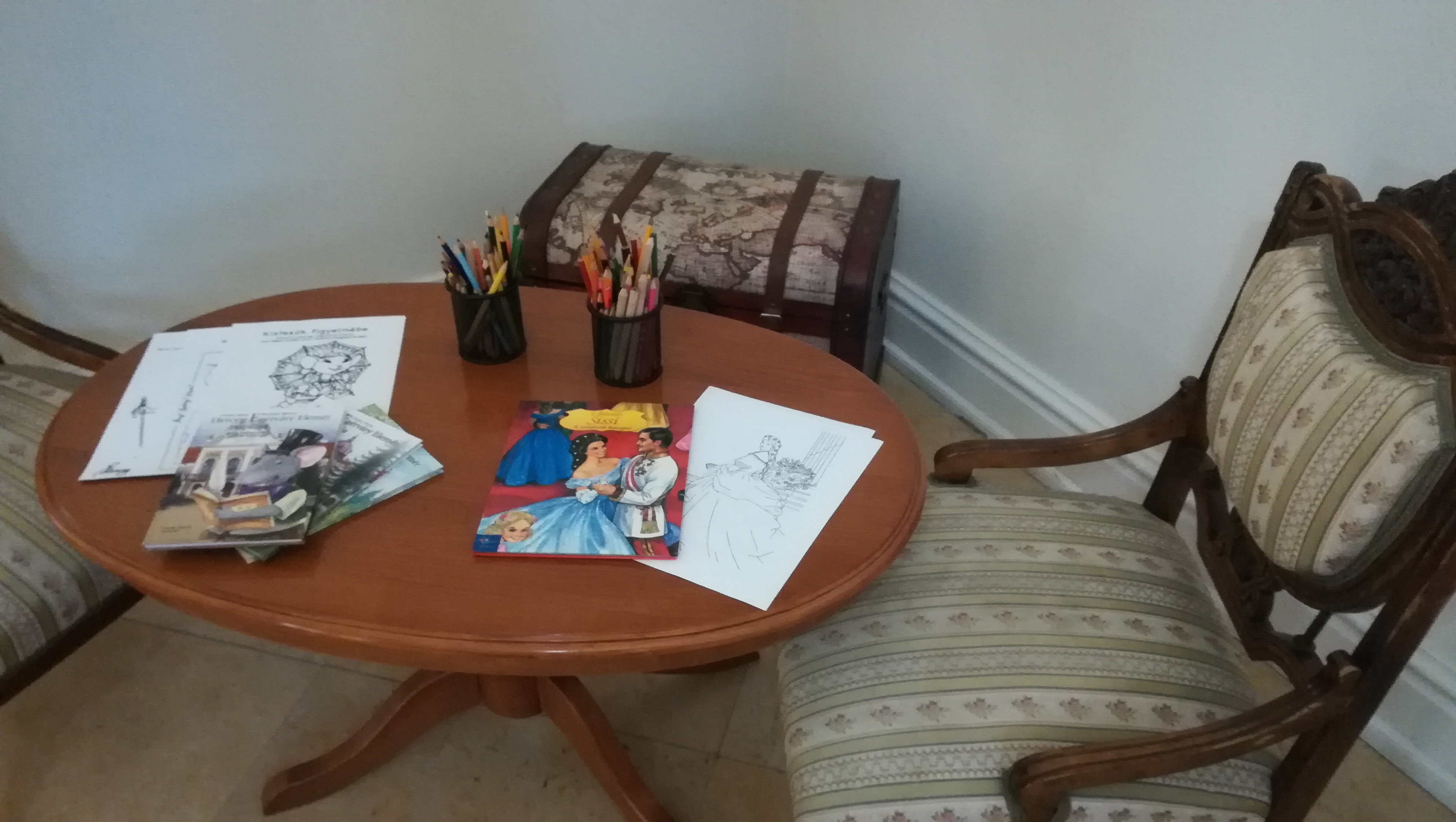
In order to protect the narrow exhibition spaces of the Palace and the artworks, the exhibitions cannot be visited with a pram, our visitors can use a babycarrier. We can provide free rental media in the cloakroom (3 pieces are available). Strollers can be stored in the cloakroom. The Palace park, the café and the room with a small child can also be visited with a pram.
In the women's and men's washrooms available from the hall of the Palace, we also have a washbasin with a reducer, which makes easier for children to use the toilet. The sign on the door of the washbasins helps our visitors to find their way. For easier access to hand washing, we have placed mobile step-stools.
The specially designed bench in the castle park offers a more comfortable solution for those arriving with a baby to carry out baby care activities outdoors (e.g. diapers, breastfeeding). We are proud that a baby-mama bench was made by a staff member of the Palace.
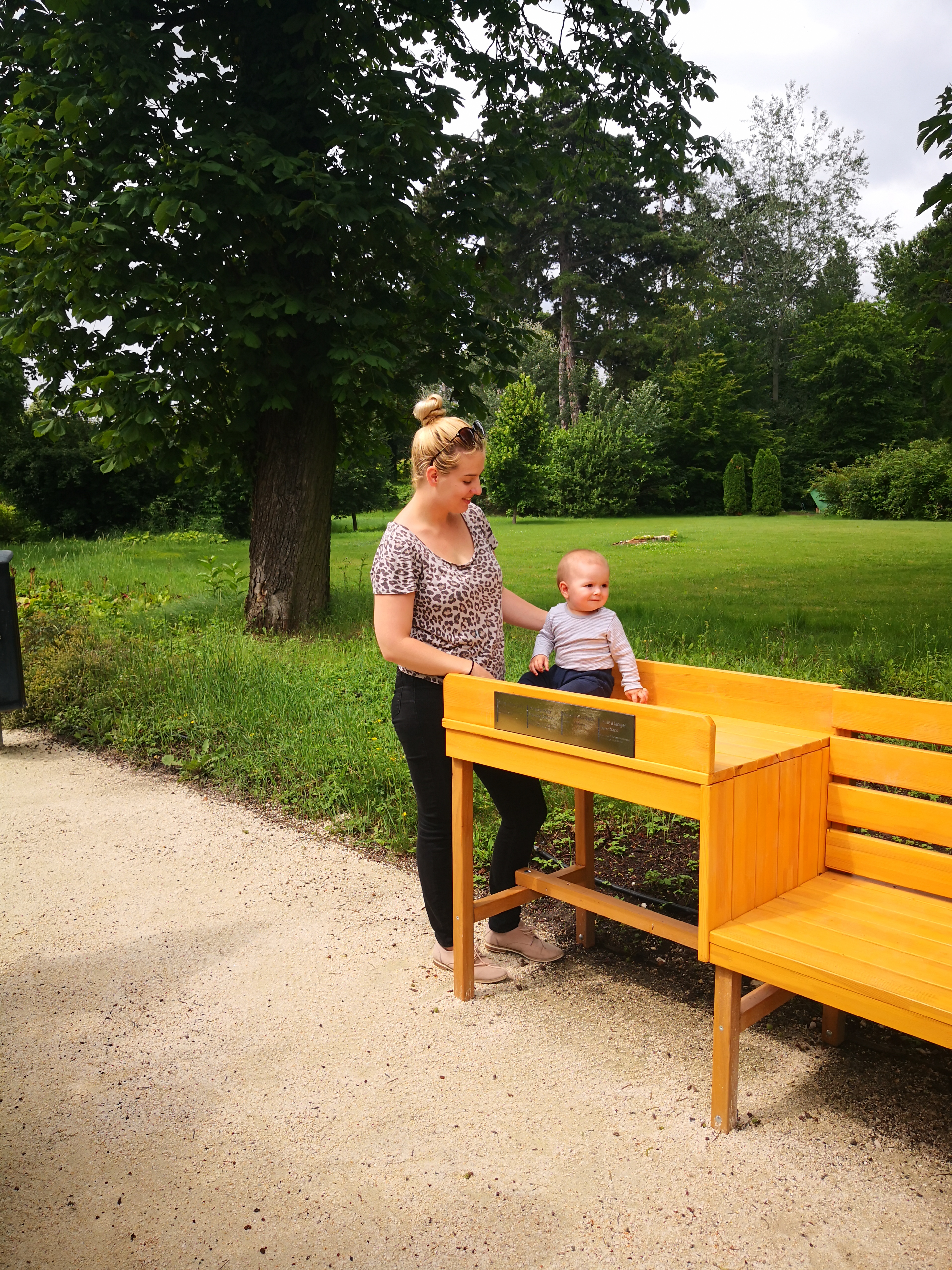
By the end of May 2021, the barefoot path in the Palace park was completed, which was implemented in cooperation with the gardener and shift colleagues. They can walk on a variety of 11 surfaces from the youngest members of the family to the older age group. We recommend the trail to all our visitors, regardless of age.
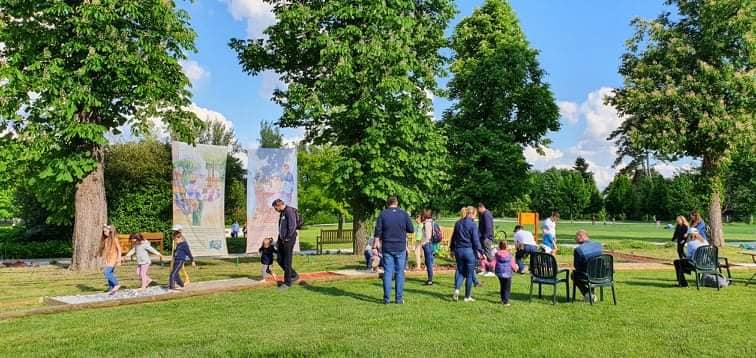
In the permanent exhibition of the Palace, we have created a Children's Corner for our visitors with children, where it is possible to try out various fabulous, interactive games related to the history of the Palace. On the fairytale mat, additional play experiences await the children, where they can get acquainted with the building blocks shaping the Palace, as well as the fairytale figure of the Palace through games and storybooks. Please step on the fairytale rug without shoes, thank you!
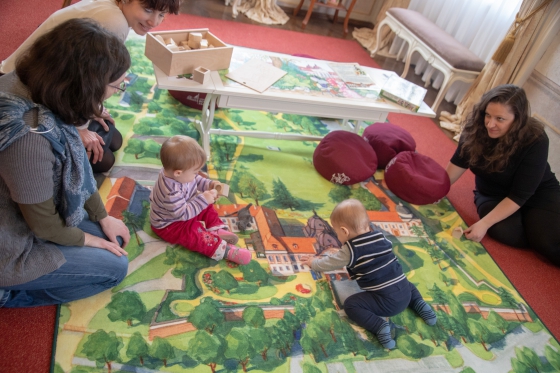
Our free family game card can be found at the entrance of the permanent exhibition of the Palace. With the help of the game card, the children can get acquainted with the fairytale figure of the Palace, Prince Magnus Mousecastle, while also learning about the history of the Palace. In addition to Hungarian, the game sheet is also available in English and German.
